Level 1 is CalisthenicsKegelsKey StrokesComprehension





Training Style Categories
Enhanced Endurance:
Focusing on physical conditioning to improve stamina and endurance during STROKE.
Rhythm and Timing:
Training to establish and maintain a consistent rhythm and timing during STROKE movements.
Synchronized Breathing:
Developing the skill of synchronized breathing with the partner to enhance intimacy.
Body Pacing:
Training to match the pace of STROKE movements with the partner’s comfort and arousal levels.
Sensual Visualization:
Incorporating guided visualization to enhance the sensory experience of STROKE.
Heightened Stimulation:
Exploring advanced techniques for intensified and prolonged stimulation.
Ambidexterity:
Developing ambidextrous abilities for more versatile STROKE movements.
Pressure Control:
Practicing precise control over pressure application during STROKE for optimal stimulation.
Depth Mastery:
Focusing on the ability to control the depth of penetration and stimulation during STROKE.
Multi-Focal Awareness:
Enhancing awareness of multiple sensory inputs during STROKE, including touch, sound, and visual cues.
Transition Fluidity:
Training to smoothly transition between different STROKE techniques without interruption.
Adaptive Positioning:
Mastering the ability to adapt body positioning to suit different STROKE techniques.
Creative Transitions:
Developing creative and unexpected transitions between STROKE techniques.
Strategic Rests:
Learning when and how to incorporate strategic pauses or rests for heightened pleasure.
Intuitive Response:
Training to intuitively respond to the partner’s cues and signals during STROKE.
Training Style Details
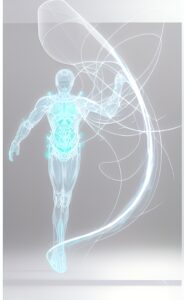
The trainer guides clients to start with gentle and consistent pressure on a training aid or prop. Encouraging clients to focus on engaging specific muscles for precise pressure control.- The trainer emphasizes the importance of gradually increase Balance and weight transfer are crucial for maintaining stability during STROKE movements.
- These exercises may include Zenity yoga, and specific STROKE-related balance drills
- The training progresses from using props to integrating pressure control during actual intimate moments.
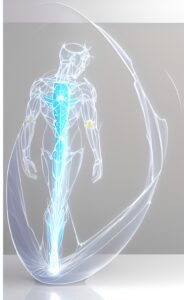
- The trainer introduces clients to STR0KE rhythmic audios to introduce beat differentiation.
- They instruct clients to practice various STROKE techniques synchronized with the chosen rhythm.
- The trainer emphasizes responsiveness to partner cues, encouraging clients to adjust tempo accordingly.
- Clients explore different rhythmic variations to identify what resonates best with their partner.
- Continuous refinement of movements and synchronization with partner preferences is encouraged.
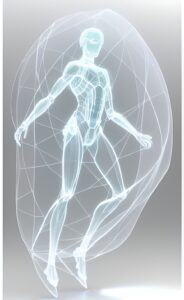
The trainer starts clients with shallow STROKE movements and gradually introduces depth variations.- Clients learn about anatomy and how different depths affect stimulation.
- Through guided practice with a willing partner, clients receive real-time feedback on depth control.
- Clients are encouraged to explore various depths while maintaining awareness of partner comfort.
- Regular training sessions help build muscle control and precision in depth management.

- The trainer begins by teaching clients deep breath awareness exercises.
- Clients practice matching their breathing with their partner’s inhalations and exhalations.
- The trainer helps clients develop the ability to maintain synchronized breathing during STROKE.
- Clients learn to use cues like eye contact and verbal communication to enhance synchronized breath.
- Consistent training ensures clients establish a strong connection through synchronized breathing.
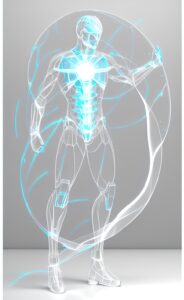
- The trainer instructs clients to start with slow, deliberate STROKE movements.
- Clients learn to closely observe partner reactions and adjust pacing accordingly.
- Variations in pacing, including rapid bursts and extended slow strokes, are introduced.
- Clients develop an intuitive sense for their partner’s pacing preferences.
- Training focuses on maintaining consistent pacing, especially during transitions between STROKE techniques.
- By following these steps, clients receive structured guidance from their STROKE trainer, facilitating the development of essential physical skills for mastering STROKE.

- The trainer incorporates exercises that target specific muscle groups used during STROKE techniques.
- Clients engage in regular strength training routines to build endurance in these muscles.
- The trainer emphasizes proper form and technique to avoid strain or injury.
- As clients progress, they integrate muscle endurance exercises with STROKE practice.
- Consistency in muscle endurance training helps improve stamina during intimate moments.
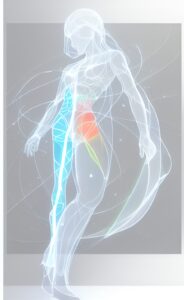
- Clients engage in meditation sessions focused on understanding anatomy.
- They visualize the internal structures involved in STROKE techniques.
- Meditation on anatomy deepens their knowledge of how movements affect stimulation.
- Clients use this understanding to customize their strokes for maximum pleasure.
- This training heightens the connection between anatomy and technique in STROKE.
- The trainer encourages clients to heighten their sensory awareness through sensory exercises.
- Clients practice conveying desires, consent, and feedback through gestures and expressions.
- Clients learn to read non-verbal cues and use sensory awareness to enhance intimacy.
- Clients learn to read non-verbal cues and use sensory awareness to enhance intimacy.
- The trainer guides clients in understanding optimal positioning for various STROKE techniques.
- Clients practice different intimate positions, paying attention to body alignment.
- Spatial awareness exercises involve adapting to different physical spaces and environments.
- Clients learn how to create comfortable and ergonomic settings for intimate moments.
- Improved spatial awareness enhances the overall experience for both partners.
- Through these training steps, STROKE clients develop a comprehensive skill set that encompasses physical control, adaptability, and sensory awareness.
- These elements contribute to their mastery of STROKE techniques and enhance the quality of their intimate experiences.
- Clients work on choreographing their STROKE techniques into a seamless flow.
- The trainer incorporates mindfulness and meditation into choreography STROKE training.
- Clients practice mindfulness to stay present during intimate moments.
- Meditation sessions help clients focus their thoughts and reduce performance anxiety.
- Choreography enhances the aesthetic aspect of STROKE, mastery of choreography leads to captivating and dynamic intimate encounters.
